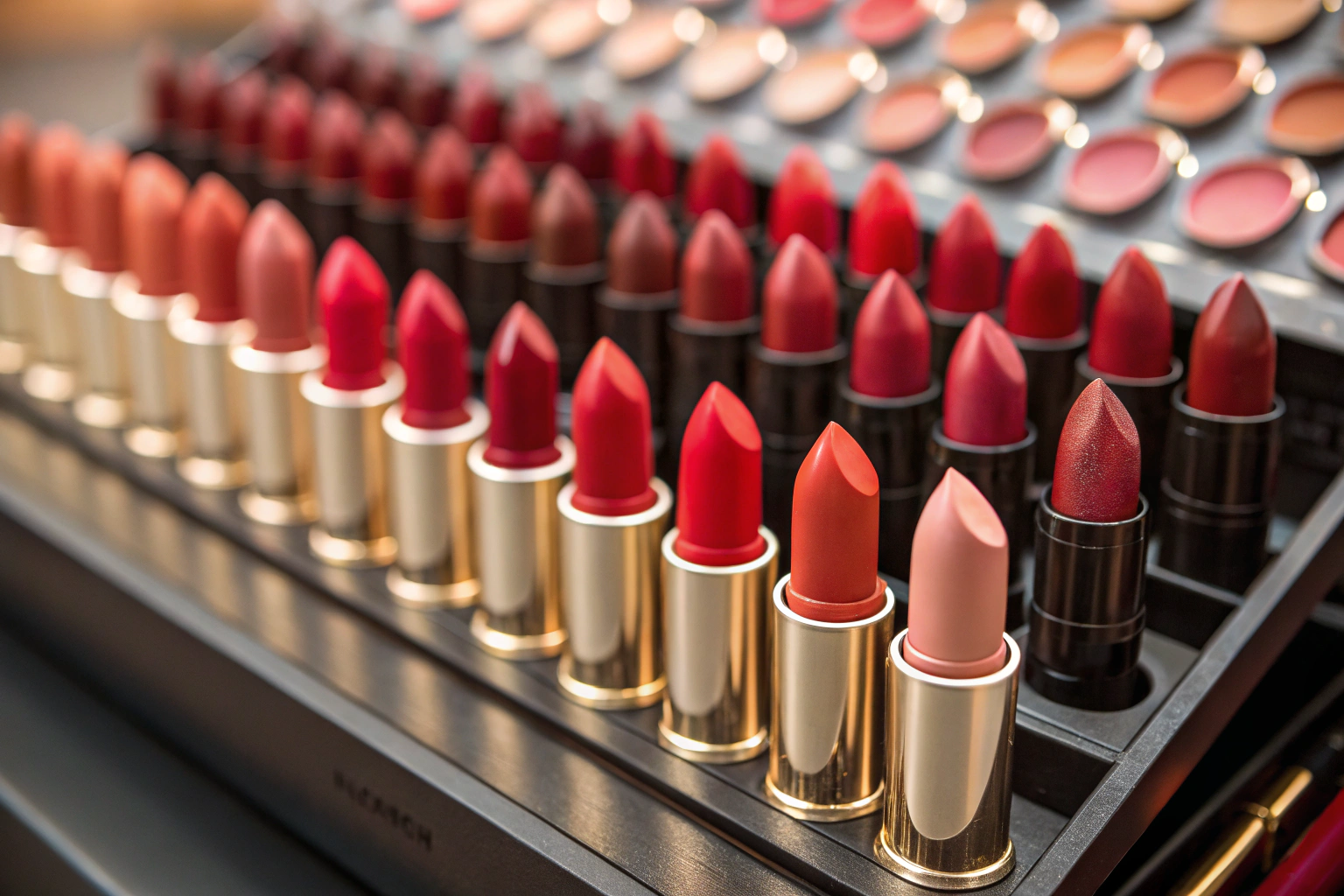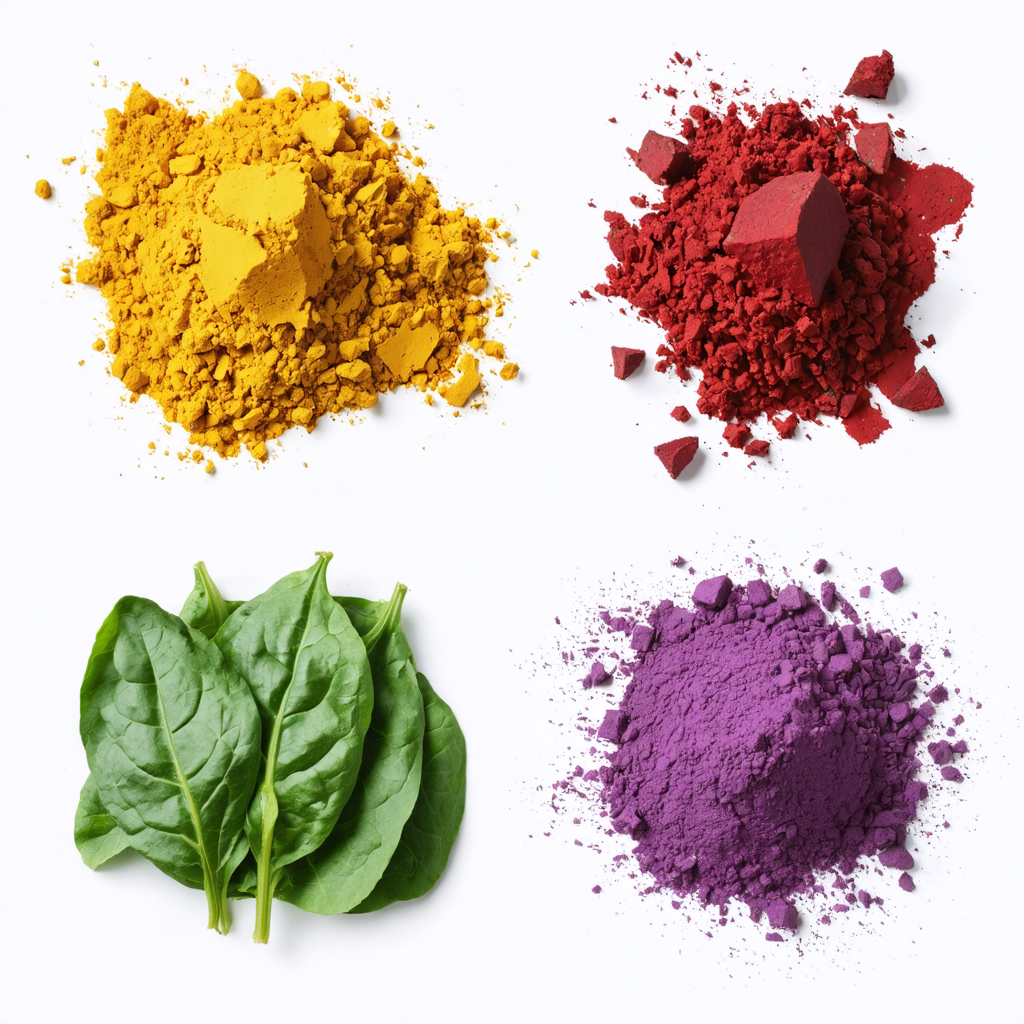Table of Contents
ToggleINTRODUCTION
The world of baking is a delightful blend of science and art, where colors play a significant role in shaping the visual appeal of treats. Traditionally, vibrant hues in baked goods were achieved using synthetic food dyes. However, a paradigm shift towards healthier and more sustainable living has driven bakers and consumers alike to embrace natural food colors in their culinary creations. This evolution isn’t just about aesthetics; it’s a conscious decision that offers a bouquet of benefits, ranging from improved health advantages to eco-friendliness, and it aligns perfectly with the clean label movement.
HEALTH ADVANTAGES OF NATURAL FOOD COLORS
The vibrant red of a strawberry-filled pastry or the deep green of a mint-flavored cupcake no longer need to be tinged with concerns about synthetic additives. Natural food colors, derived from plant, fruit, and vegetable sources, offer a safer and healthier alternative. These colors are free from synthetic chemicals and artificial additives, which have been associated with various health concerns. By opting for natural food colors, bakers ensure that their delectable creations not only tantalize taste buds but also contribute to the overall well-being of their customers.
ENVIRONMENTAL BENEFITS AND SUSTAINABILITY
The decision to embrace natural food colors goes beyond personal health – it extends to the well-being of our planet. Traditional food coloring methods often involve the use of non-renewable resources and energy-intensive processes. On the other hand, natural food colors are sourced from nature’s bounty, reducing the carbon footprint of the baking industry. By choosing natural colors, bakers take a step towards sustainability and contribute to the preservation of our fragile ecosystem.
CONSUMER PREFERENCES AND CLEAN LABEL MOVEMENT
Modern consumers are more conscious than ever about the ingredients that make their way into their favorite treats. The clean label movement advocates for transparency, encouraging manufacturers to list recognizable and natural ingredients on packaging. Baked goods adorned with natural colors not only appeal to health-conscious consumers but also resonate with those who seek a genuine connection with their food. Natural colors align seamlessly with this movement, enabling bakers to cater to evolving consumer preferences while maintaining the visual allure of their creations.
IMPACT ON PRODUCT QUALITY AND TASTE
Natural food colors are more than just a nod to health and sustainability; they also have a positive impact on the quality and taste of bakery products. Since natural colors are derived from real ingredients, they impart subtle nuances of flavor that can elevate the taste experience. Imagine a velvety chocolate cake with the deep richness of cocoa-derived color, or a lemon tart with a hue that hints at the zesty tang within. Natural food colors have the power to enhance the taste journey, making each bite a memorable delight.
CASE STUDIES AND SUCCESS STORIES
The shift towards natural food colors isn’t a mere trend; it’s a transformative movement that has already made waves in the bakery industry. Numerous success stories bear witness to the benefits of this shift. Bakeries that have embraced natural colors have not only witnessed increased customer loyalty but have also tapped into a niche market of health-conscious consumers. For instance, a local bakery reported a 20% increase in sales after transitioning to natural colors, thanks to word-of-mouth recommendations and positive social media buzz.
FAQS
Q1: Are natural food colors as vibrant as synthetic ones?
A1: Yes, natural food colors can achieve vibrant hues similar to synthetic dyes. With advances in food technology, natural colors now offer a wide spectrum of shades, ensuring your baked goods are visually stunning.
Q2: Do natural food colors affect the shelf life of baked products?
A2: Natural food colors may have a slight impact on shelf life, but proper formulation and storage techniques can help maintain product freshness. The trade-off for healthier and more sustainable ingredients is well worth it.
Q3: Can I use natural food colors in all types of baked goods?
A3: Absolutely! Natural food colors can be incorporate into a variety of bakE goods, from cakes and cookies to bread and pastries. They are versatile and can be use in different forms such as powders, liquids, and gels.
In conclusion, the benefits of using natural food colors in bakery products go beyond the surface. They offer a holistic approach that caters to health-conscious consumers, contributes to environmental sustainability, aligns with clean label preferences, enhances taste and quality, and fosters success stories within the industry. By choosing natural food colors, bakers not only create visually appealing treats but also take a step towards a healthier, more colorful, and more sustainable culinary world.




